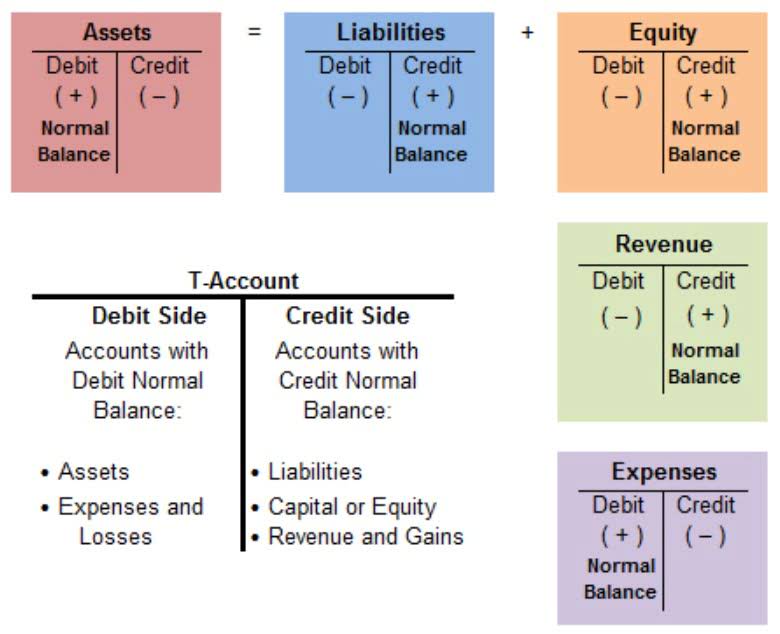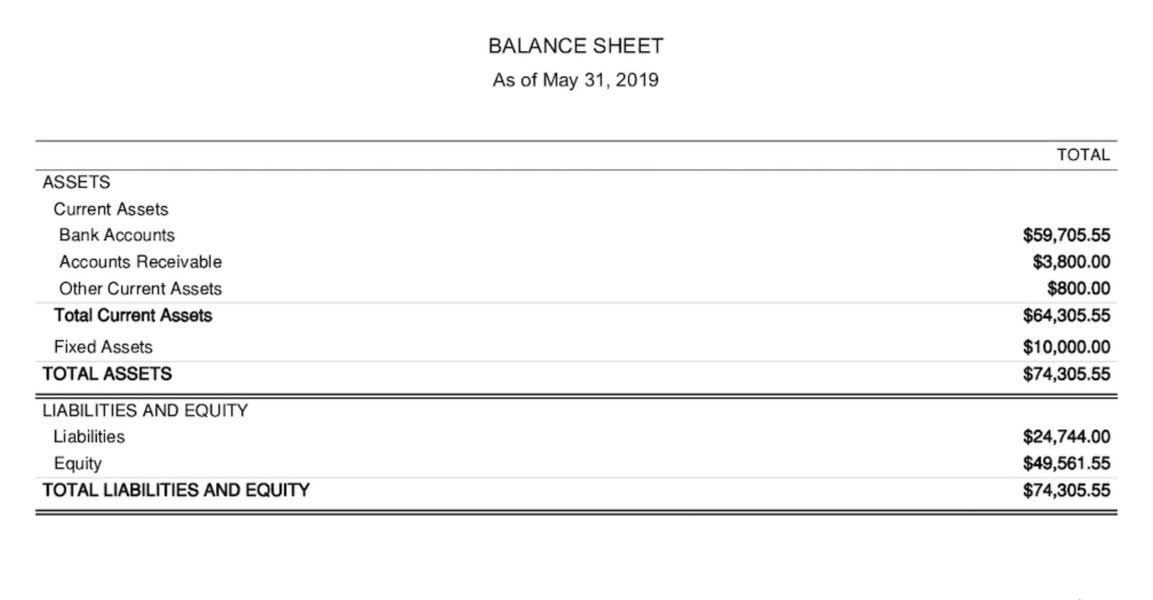- Friday August 19th, 2022
- Bookkeeping
Demystifying the Percentage-of-Completion Method for Long-Term Projects

Once Build-It Construction completes the contract, they may finally move these onto the income statement. To clear the full contract amount from Progress Billings, they’ll perform a debit, then credit revenue. To recognize the costs of the contract, they’ll credit Construction in Progress and debit their expenses. The completed contract accounting method is frequently used in the construction industry or other sectors that involve project-based contracts. Taxpayers reporting line 1 amounts from more than one Schedule K-1 (or a similar statement) must attach a schedule detailing by entity the net change to income from long-term contracts. Include on lines 4 and 5 any taxes (such as alternative minimum tax for individuals) required to be taken into account in the computation of your tax liability (as originally reported or as redetermined).
Impact on the Chart of Accounts
Using CCM accounting can help avoid having to estimate the cost of a project, which can prevent inaccurate forecasts. Also, since revenue recognition is postponed, tax liabilities might be postponed as well. However, expense recognition, which can reduce taxes, is likewise delayed. From the client’s perspective, the CCM allows for delayed cash outflows and ensures the work is fully performed and received before any payment is made. Accrual accounting is typically the most common method used by businesses, such as large corporations. However, some small businesses use the cash method, which is also called cash-basis accounting.
BAR CPA Practice Questions: Governmental Funds Statement of Revenues, Expenditures and Changes in Fund Balances
Let’s consider a hypothetical example of a construction company, BuildPro, that is engaged in constructing a commercial building for a client under a two-year contract. BuildPro uses the completed contract method Outsource Invoicing to recognize revenues and expenses related to this project. The main problem with the completed contract method is that reported sales, expenses, and profits will be highly irregular, especially if all of a company’s projects are accounted for in this manner. A business might report minimal activity for months at a time, followed by a sudden burst of sales and profits, followed by another gap. This can be disconcerting for investors and lenders, who cannot tell if the organization is performing well. This method gained formal recognition with the development of accounting standards, which sought to standardize financial reporting across industries.

When Should Contractors Use the Completed Contract Method?
For Certified Public Accountant accurate reporting and analysis, any additional accounts required for CCM will often be called out on the balance sheet. In this method, revenues and expenses are recorded when the sale is closed. It is specifically useful for longer-duration projects that span multiple accounting periods. Accounting periods in the context of CCM are normally monthly, with closure and recognition of revenue and costs occurring at month-end. For example, let’s say you won a contract to build a fence with a total contract price of $5,000 with net-60 payment terms. If you complete the fence in July, you’ll record $5,000 in revenue in July because that’s when you earned that revenue.
- In contrast to the percentage of completion method, which records estimated revenue in each period based on the percentage of completion of the contract, the completed contract method defers contract revenue.
- Let’s say you wanted to analyze how profitable you were in July of last year (during your busiest time of the year).
- It provides a balanced approach to financial reporting by recognizing income as work progresses, ensuring that financial statements accurately reflect the project status at any given time.
- Since revenue reporting is postponed, tax liabilities are also deferred — sort of.
- Since COVID-19, construction supply chains have been notoriously disrupted, causing ongoing material cost volatility.
- Even if you receive payment 30 days later in August, you’ll still record the revenue from this job in July to reflect when you physically built the fence and earned payment.
The completed contract method is a financial accounting technique used to recognize revenue from contracts, typically in sectors where long-term projects are the norm. This approach defers revenue and expense recognition until the completion of a contract, offering a distinct alternative to other methods that recognize income at various stages of project completion. Choosing the right revenue recognition method can significantly impact your construction company’s financial health and tax obligations. For contractors managing multiple projects with varying timelines and completed contract method example cost certainty, understanding when and how to apply the completed contract method becomes crucial for accurate financial reporting.
For this reason, the accrual method is the preferred choice for construction (along with many other industries). Meanwhile, the completed contract method might be less intuitive for external stakeholders. The fluctuations in income and expenses can drastically alter the financial portrayal of a company from one period to the next, especially when looking at it on a monthly basis. While there are several advantages to using the completed contract method of accounting, it can also lead to uneven revenue recognition, along with some potential challenges in consistent cost calculation throughout a project. By deferring revenue and expense recognition, using CCM ensures that your company’s financial outcomes will be reported only after a contract is finished.
Instructions for Form 3115 – Notices

The most significant sticking point with GAAP is you always recognize revenue and expenses in the same accounting period. If the specifics of your contract allow you to do so, then the completed contract method is technically plausible. The percentage of completion method requires the use of progress invoices–a billing document used to bill for partial project completion as you complete work. These detailed payment invoices incorporate work-in-progress reporting to provide an organized summary of all project tasks, costs, equipment, and retainage information for a particular payment period. You must use a revenue recognition method that falls under accrual accounting to remain GAAP compliant.

- Check “Yes” if the applicant is requesting to use the recurring item exception (section 461(h)(3)).
- Construction companies vary with how they hire and staff construction accounting roles.
- If the change is for noninventory property that is subject to section 263A, attach a detailed description of the types of property involved.
- Note that if in this contract the percentage of the completed method was the one being used, the company would have been forced to make some adjustments to entries to rectify the extended month and the extra costs.
- It is specifically useful for longer-duration projects that span multiple accounting periods.
- The Form 8697 is treated as an additional tax on the income tax return and must be attached to the return as any other form or schedule.
- In this case, September will look like your most profitable month when in reality, you earned this money in July.
The percentage of completion method and completed contract method are two different accounting methods mainly used by construction companies and other firms that work on long-term projects. With the former, income and expenses are recorded gradually as various milestones of the contract are met. With the latter, all revenue and expense recognition is deferred until the work is finished and the contract completed. Choosing which accounting method is best depends on the company’s needs and whether the requirements of the percentage model can be met. The completed contract method (CCM) is an accounting technique that allows companies to postpone the reporting of income and expenses until after a contract is completed. Using CCM accounting, revenue and expenses are not recognized on a company’s income statement even if cash payments were issued or received during the contract period.
Customer Billing and Payments

This depends, but the percentage of completion method is generally considered to be better when dealing with long-term contracts. That’s because the income and expenses are spread out over the course of the project, which makes a company’s profitability more accurate. The completed contract method, on the other hand, waits until the project is completed. This can lead to skewed financial figures because income and expenses are accounted for once a project is completed.
